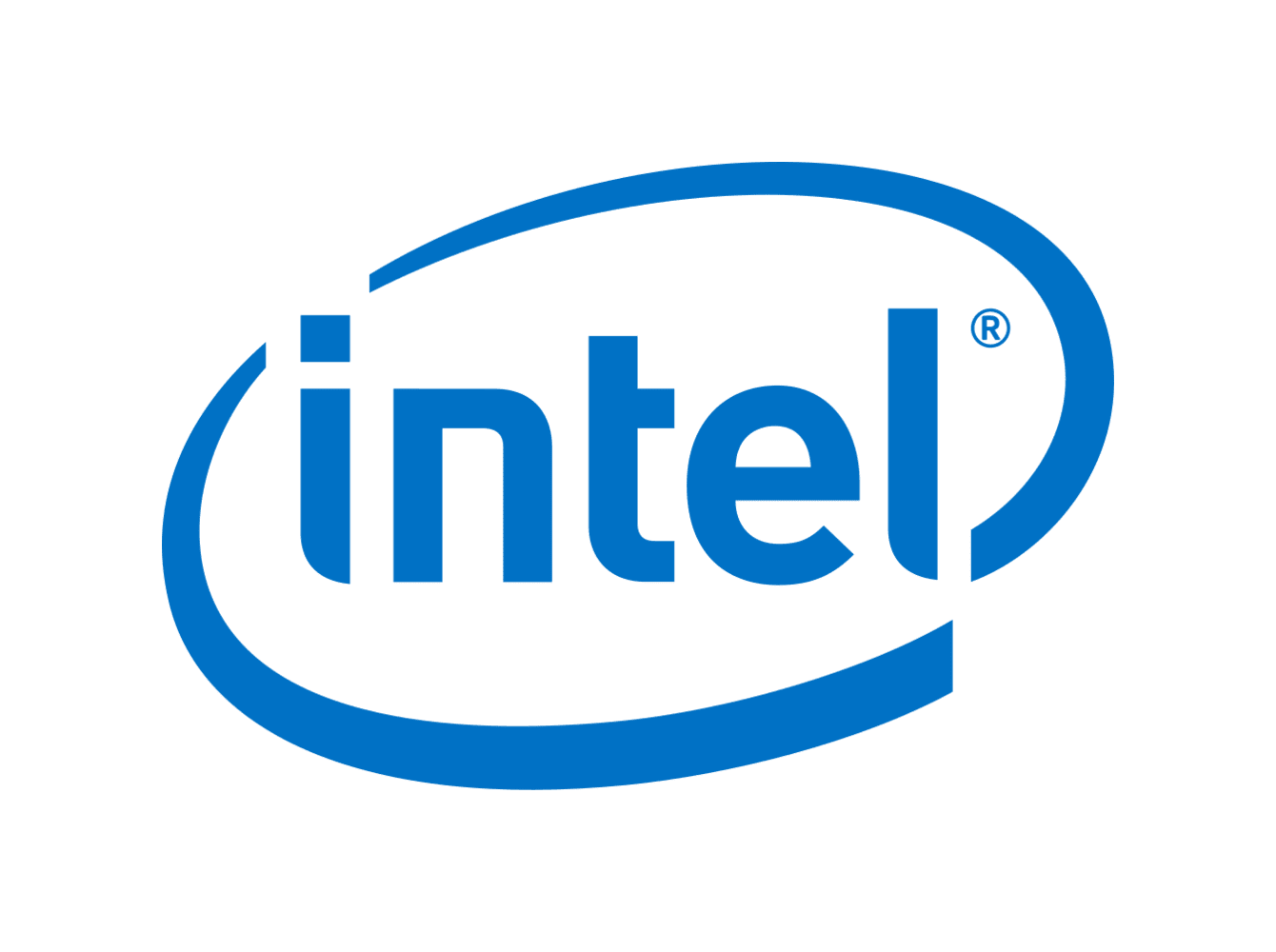Since AMD’s latest CPUs are now 4 nm, and even Chinese SMIC can make 7 nm chips. Intel seems stuck at 10 nm for a few processors
intel 14nm was competing with amd 7nm
this makes me feel like nm has little meaning
Intel will be fine. Nanometer for nanometer, their nodes are far denser than TSMC’s nodes (because process node naming is basically just marketing now), and they don’t seem to have any trouble getting new nodes up and running either.
If they fail to yes. But they are well on their way.
Alder Lake has gone through 3 generations from 12th to 14th (Raptor Lake is Alder Lake with more cache) so far on 10nm.
I doubt Alder Lake will go through as many generations and refreshes as Skylake that went through 5 generations from 6th in 2015 to 10th gen in 2020 and all on 14nm.
Arrow Lake will very likely be released on the desktop in late 2024 as scheduled.
What is this post? First of all do you think only AMD has access to TSMCs fabs? AMD doesn’t make their own chips, they fabbed by TSMC. Intel can and already is doing this.
Intel already has 4nm chips and are launching next month with new Meteor Lake laptops. Those new chips use chiplets and have some TSMC chips onboard. Intel now has the ability to pick and choose different nodes to meet the mission and makes them super flexible moving forward. What we saw with 10nm delays are looking to be very behind Intel moving forward. If they can into a bind they can choose to go with the TSMC design or whatever. They’ve already done this, changing from TSMC back to Intel design.
Well intel could always just do what amd does, and get tsmc to make their chips so no (infact thats what intel does with their gpus). But they do have struggles ahead to improve profitability which I assume is why they’ve been cutting so many programs lately.
No.
Firstly, intel4 has been shipping for some time now so that’s where they currently are. They say they are in track for intel20A long before tsmc has 2nm. But more importantly, the nanometer number is entirely made up. Nothing in the chips is 4nm. The only thing you should be interested in is performance. If AMD performs better for the price buy AMD, if intel performs better for the price buy intel.
They got this far with liberal use of +, sure they will be fine.
What makes you think they are stuck on 10 nm?
Kinda.
Though I will add, what Intel calls “10nm” is equivalent to TSMC’s “7nm”.
So yes, if they fail to progress past Intel 7, they will be screwed in the future. Overcoming an entire nodes difference in PPA is extremely hard, and with Intel having worse design teams than its competitors, it becomes an esentially impossible task.
Intel does have Intel 4, and they claim they are shipping it to OEMs already, with MTL (the Intel 4 product) launching in Dec. However it appears it’s mobile only, and we have no idea about the volume. If it’s just a paper launch, and yields/volumes take years to fix, (like Intel’s 10nm), then yes, they will be hurt badly.
Idk if I would go as far to say they would be screwed, but the company they would be in this scenario would be unrecognizable compared to the current Intel.
Intel banked hard on achieving intel7 without EUV. However they’re using it now with Intel 4, and going forward. Things will be better than their 10nm development
People would rather believe in Chinese tech being 7nm than Intel being the same
Intel: NO
AMD: YES
No, Intel 18A is on track for production next year, and they will be ahead of TSMC at that point. Additionally, Intel is ahead of TSMC in other technologies, such as power via which by itself could yield >5% frequency improvement and >90% cell density.
Someone doesn’t know how foundries name nodes, and it has nothing to do with actual structure measurements.
What ever the node is called look at the transister density

